Brain Regions/Functions – Cerebral Cortex
1/16
There's no tags or description
Looks like no tags are added yet.
Name | Mastery | Learn | Test | Matching | Spaced |
|---|
No study sessions yet.
17 Terms
Q: What are the four lobes of the cerebral cortex?
A: Frontal lobe, Temporal lobe, Parietal lobe, Occipital lobe.

Q: What are the functions of Broca’s area and what happens when it is damaged?
A: Located in the dominant frontal lobe, Broca’s area controls speech production. Damage causes Broca’s aphasia: slow, labored speech, anomia, impaired repetition, but relatively intact comprehension.
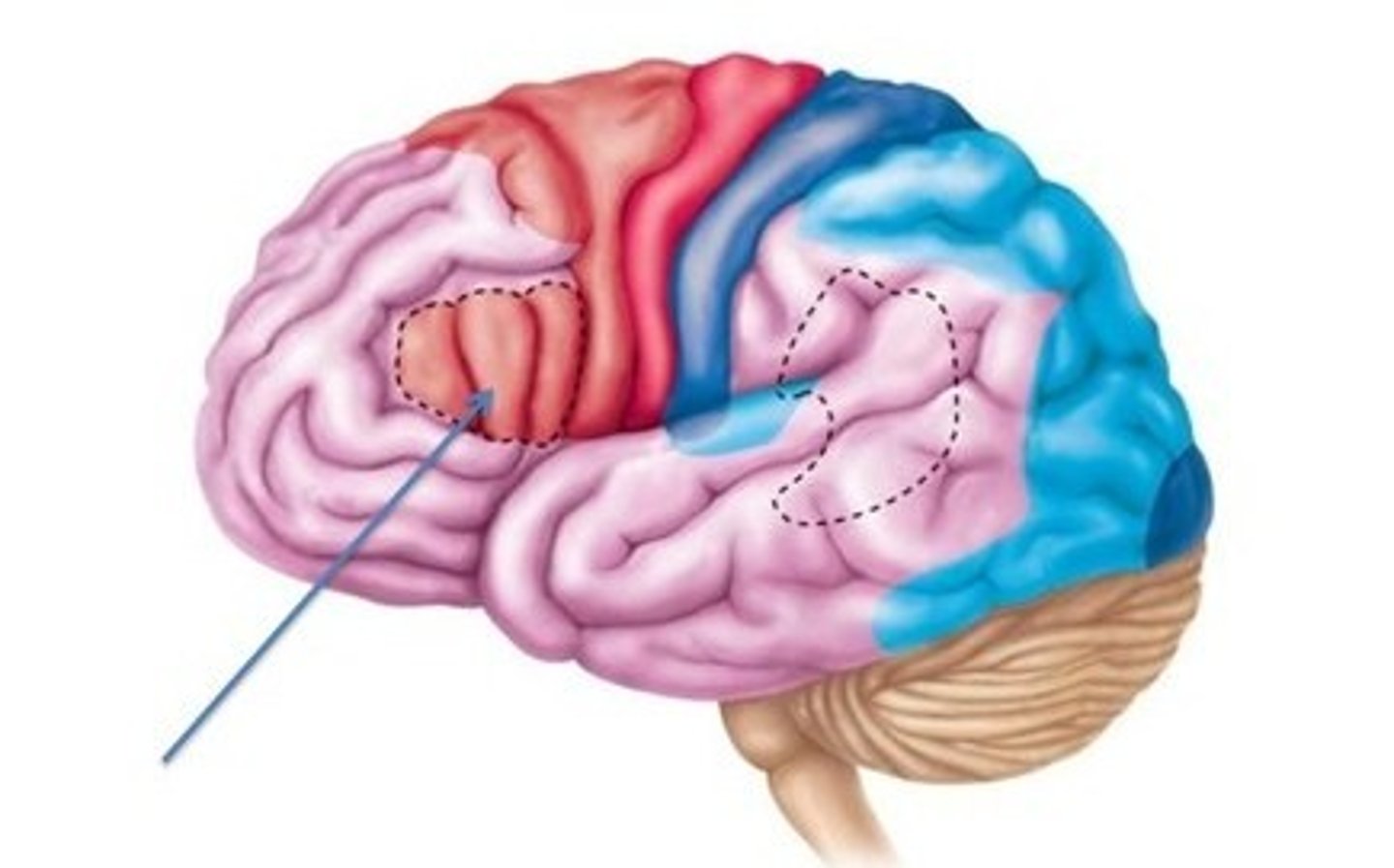
Q: What is the role of the prefrontal cortex (PFC)?
A: The PFC governs executive functions like planning, decision-making, working memory, social judgment, and emotion regulation.
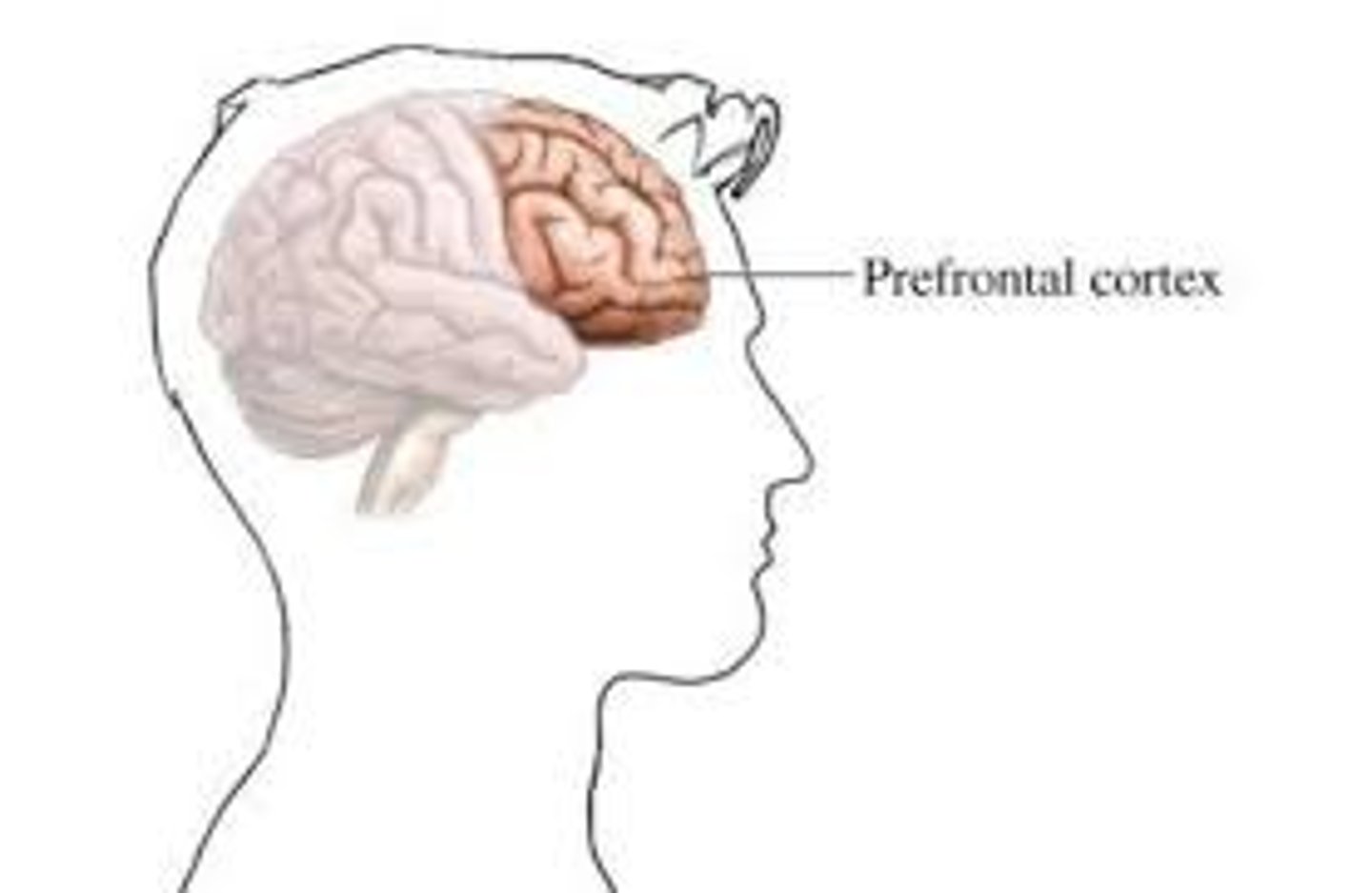
Q: What are the functions of the dorsolateral prefrontal cortex (DLPFC)?
A: Controls executive functions. Damage leads to poor judgment, working memory deficits, concrete thinking, and is linked to depression, anxiety, OCD, schizophrenia.
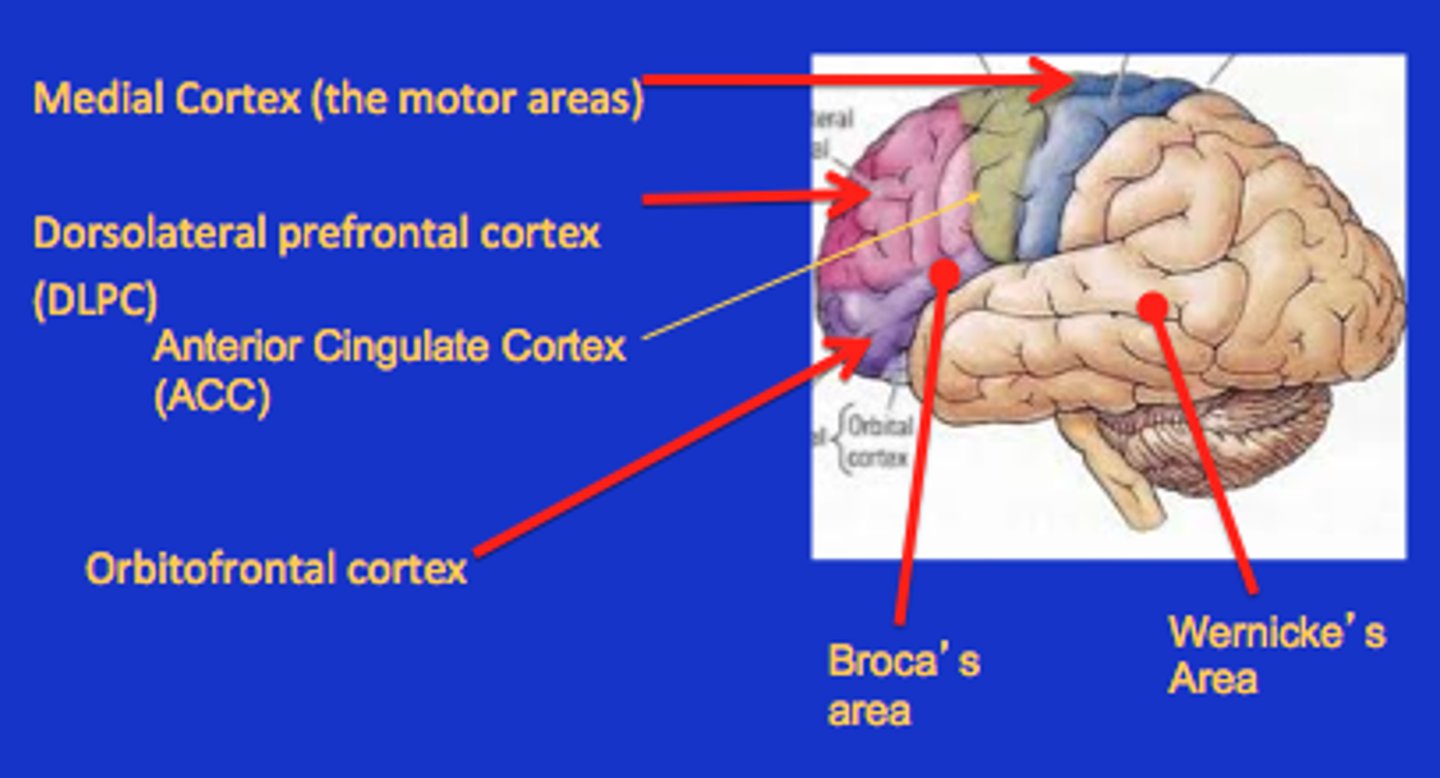
Q: What is the function of the ventrolateral prefrontal cortex (VLPFC)?
A: Manages goal-directed behavior, emotion regulation, and decision-making. Damage leads to poor self-control. Linked to social anxiety and generalized anxiety.
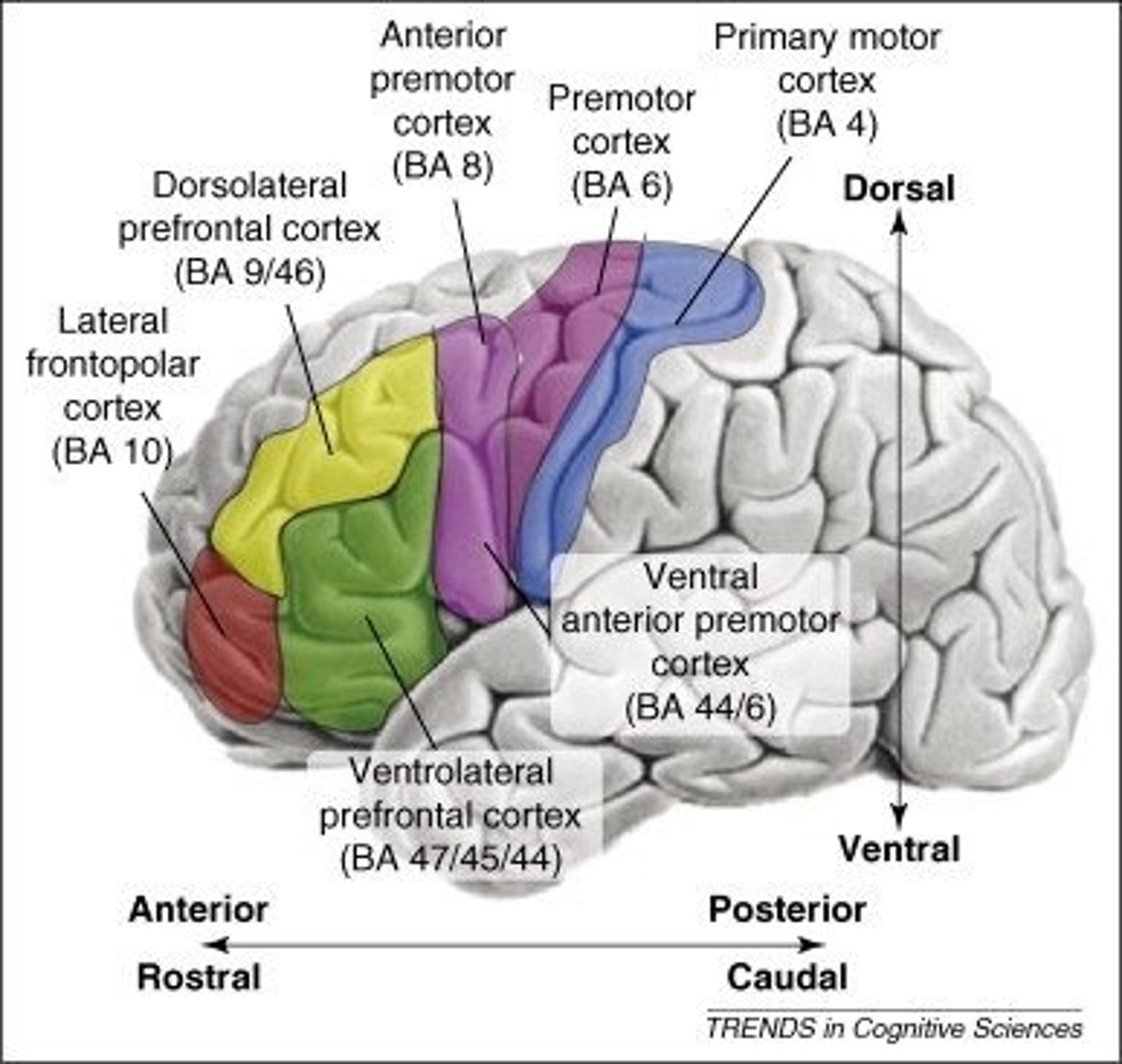
Q: What are the key functions of the ventromedial prefrontal cortex (VMPFC)?
A: Regulates decision-making, moral judgment, emotions, and social cognition. Damage impairs empathy and decision-making. Linked to MDD, OCD, PTSD, schizophrenia.

Q: What is the role of the orbitofrontal cortex (OFC)?
A: Controls emotion regulation, impulse control, and social behavior. Damage leads to impulsivity, disinhibition, lack of empathy. Involved in depression, bipolar, OCD, PTSD, addiction.
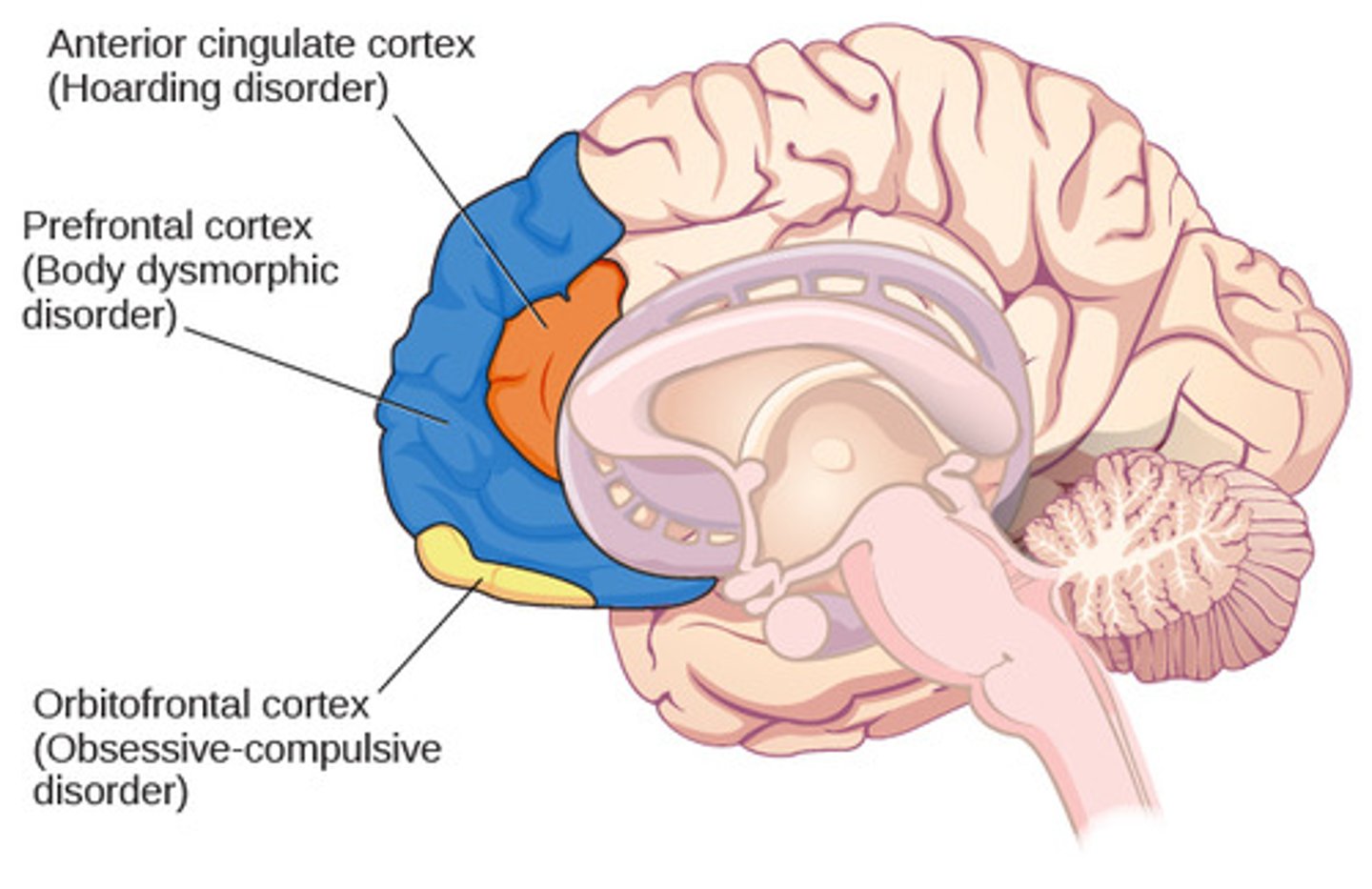
Q: What is the function of the primary motor cortex?
A: Initiates voluntary movement. Damage causes weakness or paralysis on the contralateral side.

Q: What disorders result from damage to Wernicke’s area?
A: Damage causes Wernicke’s aphasia: fluent but meaningless speech, poor comprehension and repetition.
Q: What is conduction aphasia and what structure is involved?
A: Caused by damage to the arcuate fasciculus, it results in fluent speech with many errors, impaired repetition, but intact comprehension.
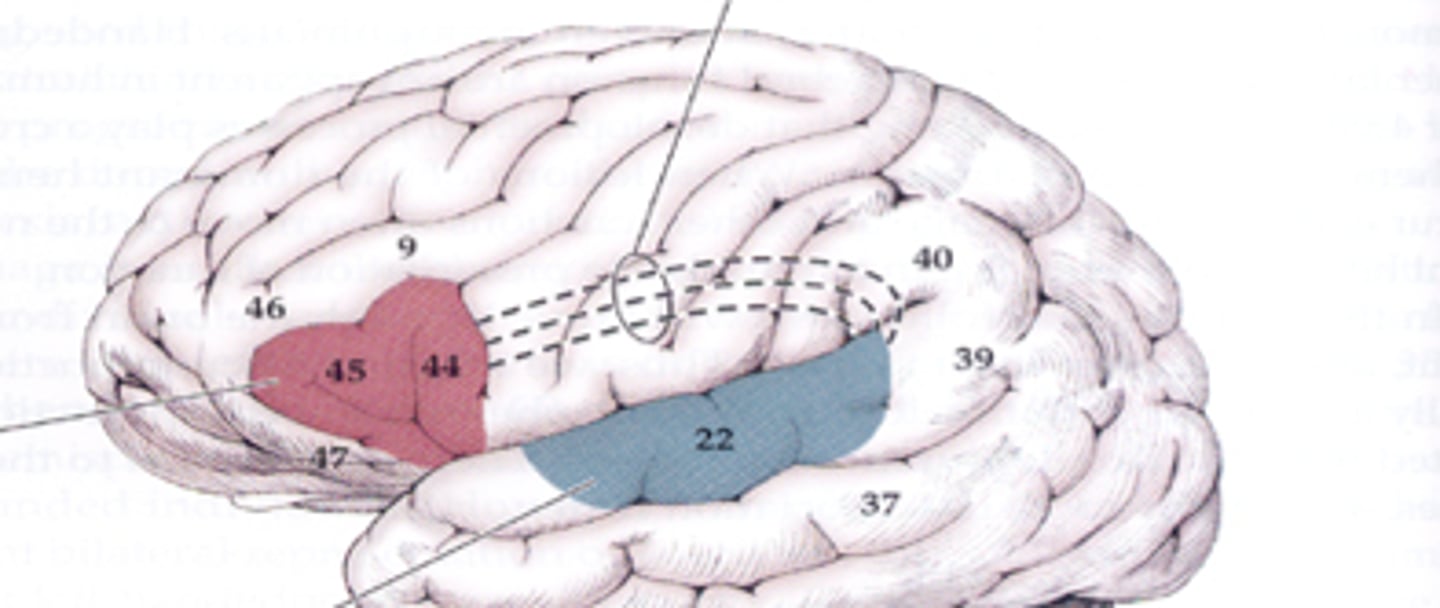
Q: What does the parietal lobe control and what are consequences of damage?
Controls touch, pressure, temperature, body position. Damage causes somatosensory agnosias, apraxia, neglect syndrome, Gerstmann’s syndrome.

Q: What is Gerstmann’s syndrome?
A: Caused by damage to left parietal lobe, includes right-left confusion, finger agnosia (can't tell whose hands theirs or others), agraphia (can't write), acalculia (can't do simple calculations).
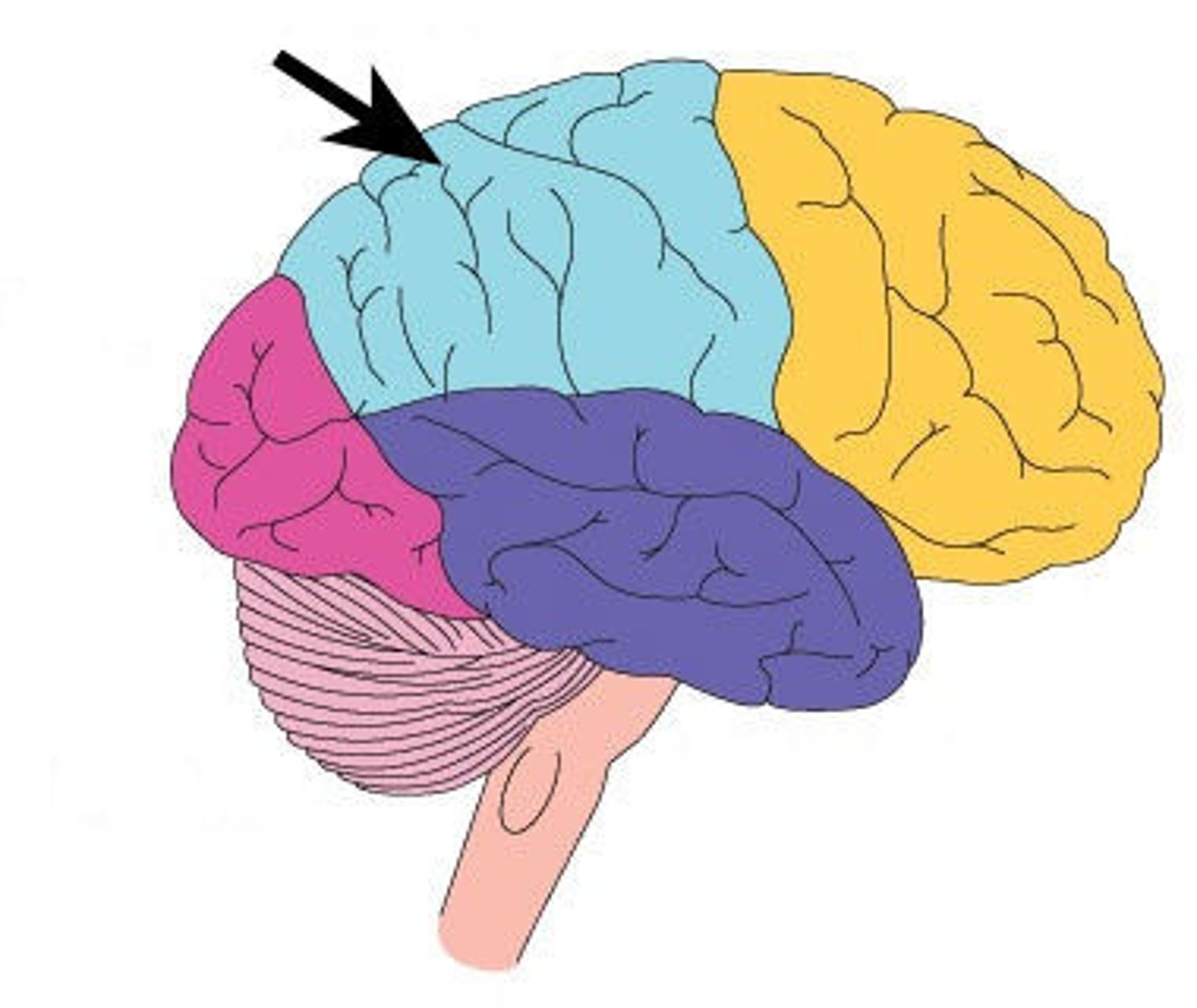
Q: What is the role of the occipital lobe and effects of damage?
A: Processes visual information. Damage can cause visual agnosia (difficulty identifying objects that look similar in shape), hallucinations, achromatopsia (partial color vision loss), cortical blindness (loss of vision without any ophthalmological causes), prosopagnosia (can't recognize familiar faces).
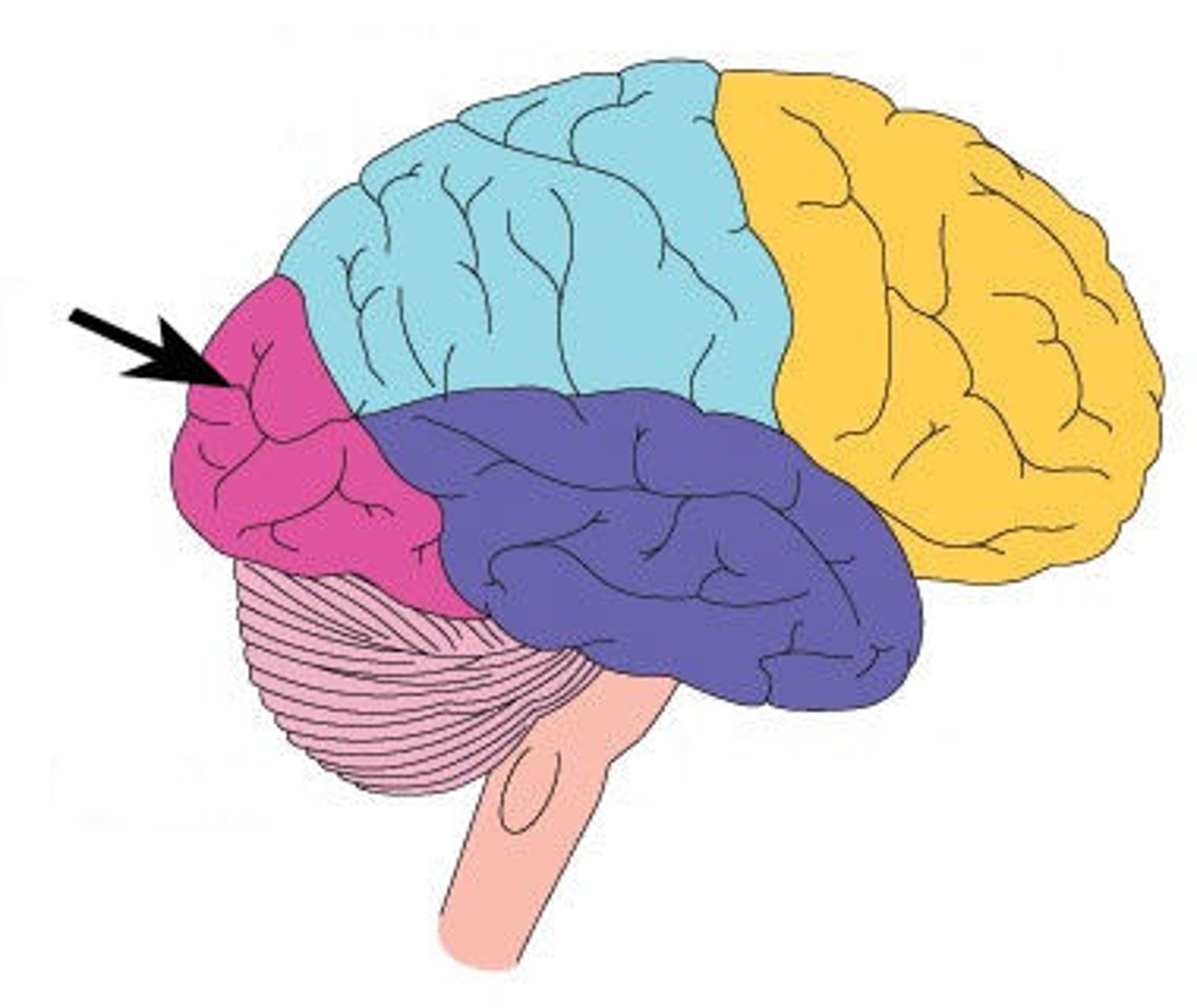
Q: What is blindsight?
A: In cortical blindness, individuals respond to visual stimuli without conscious awareness, sometimes including emotional recognition (affective blindsight).
Q: What functions are lateralized to the left hemisphere?
Language, logical thinking, positive emotions.
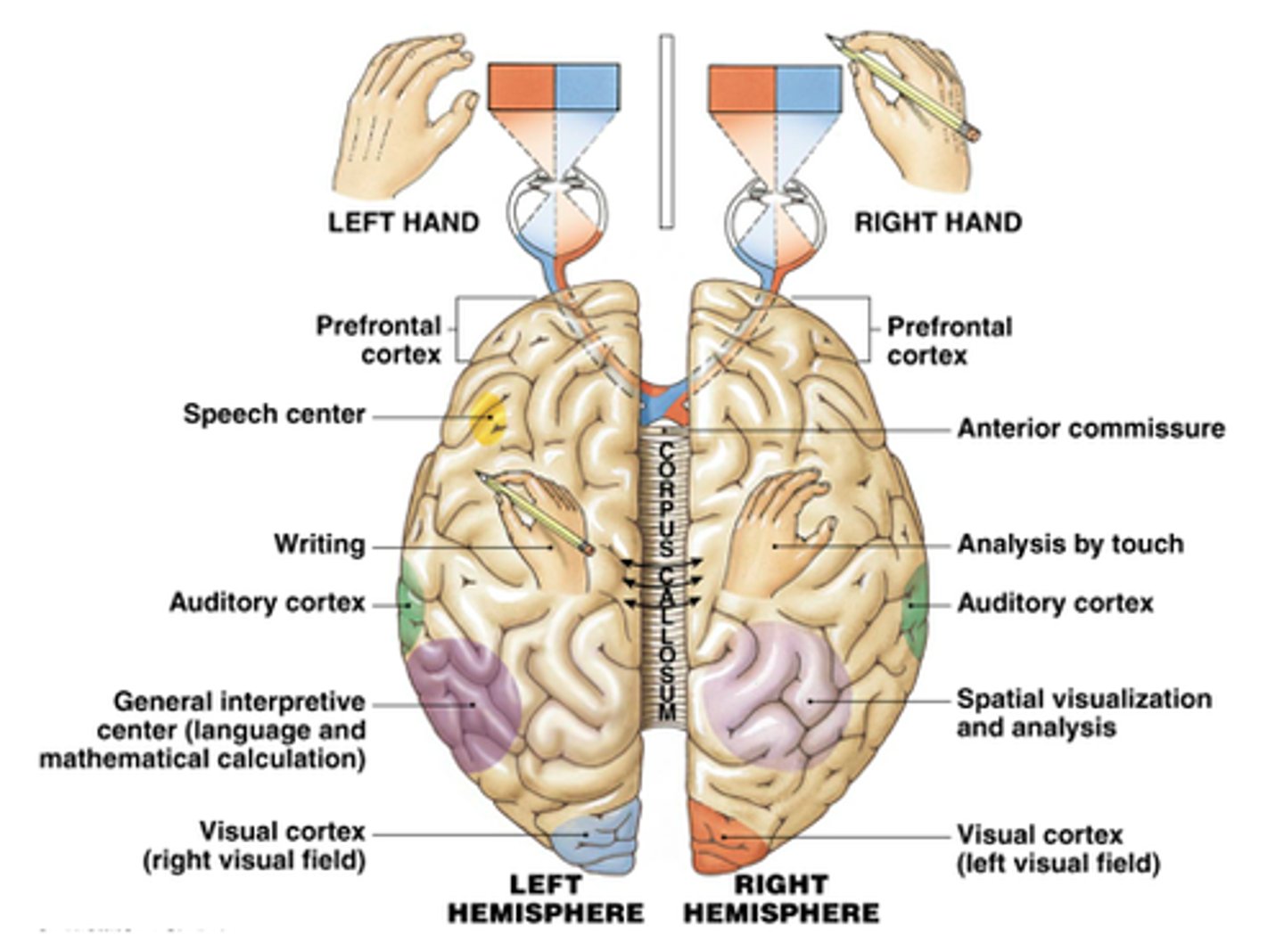
Q: What functions are lateralized to the right hemisphere?
A: Creativity, holistic thinking, spatial awareness, negative emotions, emotional prosody, pragmatics.
Q: What is the key finding from split-brain research by Sperry?
A: After corpus callosum severing, patients show language abilities localized to the left hemisphere and nonverbal recognition to the right.